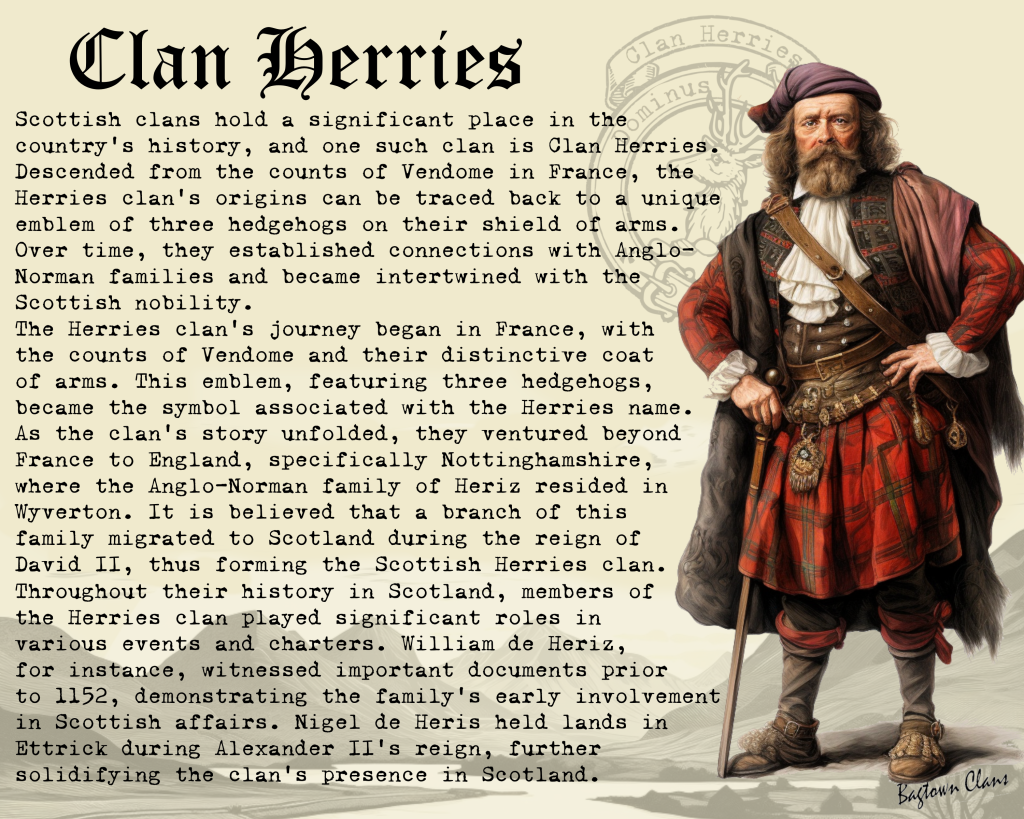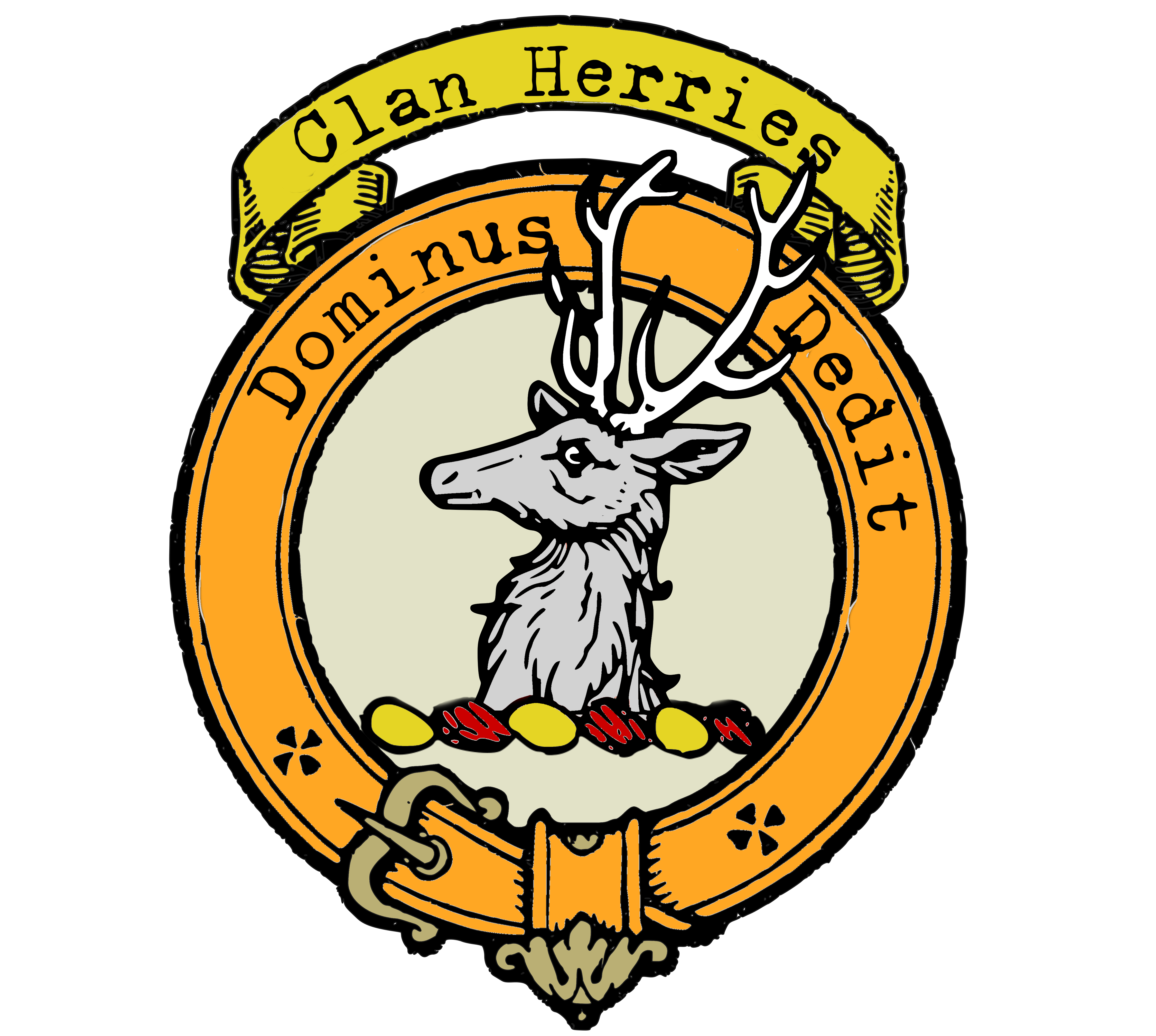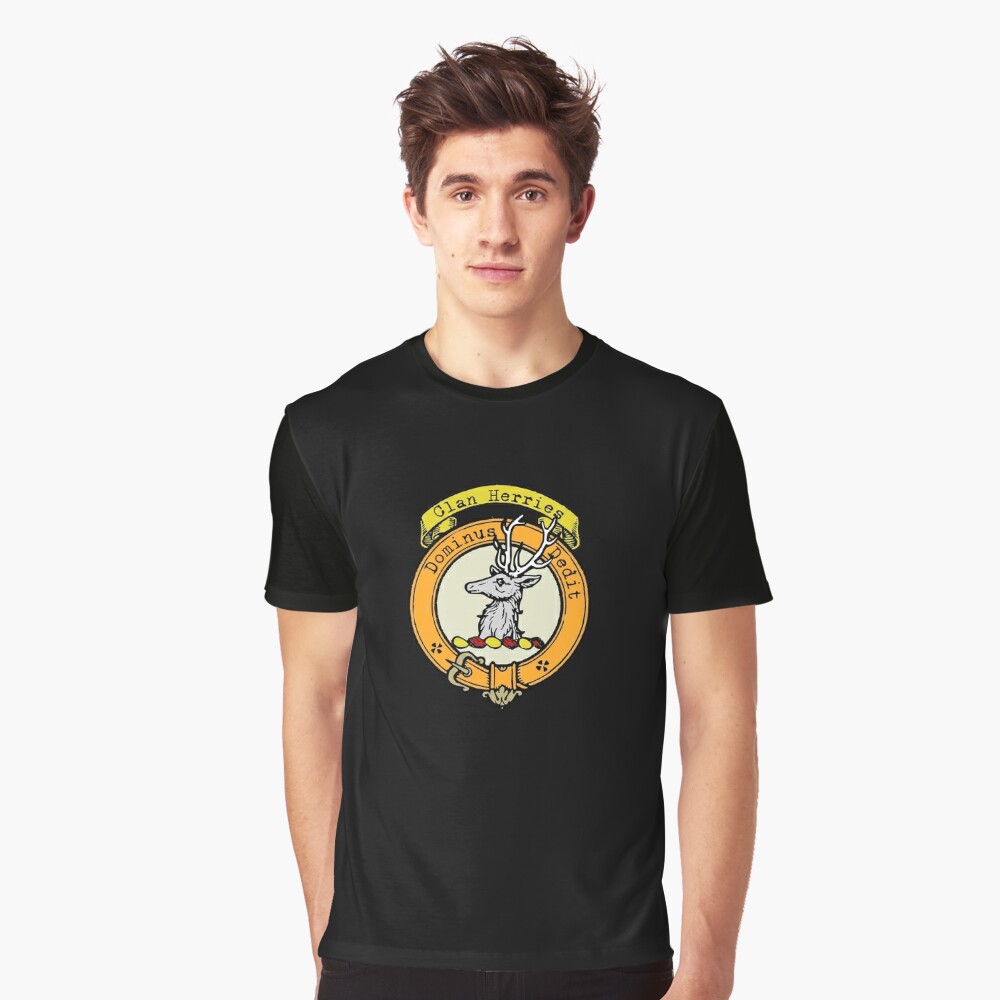Herries Clan Crest
|
|
CREST: A stag’s head with ten tynes Argent MOTTO: Dominus dedit TRANSLATION: The Lord has given |
| Scottish clans hold a significant place in the country’s history, and one such clan is Clan Herries. Descended from the counts of Vendome in France, the Herries clan’s origins can be traced back to a unique emblem of three hedgehogs on their shield of arms. Over time, they established connections with Anglo-Norman families and became intertwined with the Scottish nobility.
The Herries clan’s journey began in France, with the counts of Vendome and their distinctive coat of arms. This emblem, featuring three hedgehogs, became the symbol associated with the Herries name. As the clan’s story unfolded, they ventured beyond France to England, specifically Nottinghamshire, where the Anglo-Norman family of Heriz resided in Wyverton. It is believed that a branch of this family migrated to Scotland during the reign of David II, thus forming the Scottish Herries clan. Throughout their history in Scotland, members of the Herries clan played significant roles in various events and charters. William de Heriz, for instance, witnessed important documents prior to 1152, demonstrating the family’s early involvement in Scottish affairs. Nigel de Heris held lands in Ettrick during Alexander II’s reign, further solidifying the clan’s presence in Scotland. As with many Scottish clans, the Herries clan faced challenges and found themselves entangled in political alliances. William de Herris swore loyalty to Edward I of England and appeared on the Ragman Roll of 1296, which listed those who submitted to English authority. These allegiances were common during a period of complex relations between Scotland and England. The Herries clan’s elevation within the Scottish nobility came through notable figures like Sir Herbert Herries of Terregles. He found himself caught in political turmoil, being arrested alongside Murdoch, Duke of Albany, in 1425. After his release, Sir Herbert served as one of the duke’s jurors and even accompanied Princess Margaret of Scotland to France for her marriage to the heir of the French throne. A pivotal moment in the clan’s history occurred in 1489 when Sir Herbert Herries of Terregles was granted the title of “Lord Herries” and became a member of the Scottish Parliament. This marked a significant milestone, showcasing the family’s growing influence. However, the clan also experienced tragic moments, such as Andrew, the second Lord Herries, losing his life in the ill-fated Battle of Flodden in 1513, alongside other Scottish nobles. What set the Herries clan apart was the unique inheritance of the Lord Herries title. It was designated to pass through heirs general, allowing for succession through the female line. When William, the third Lord Herries, passed away in 1543, his daughter Agnes inherited the title. She married Sir John Maxwell, connecting the Herries lineage with the Maxwell family. Eventually, the Maxwells became Earls of Nithsdale in 1667 and proudly incorporated the Herries arms into their own. The history of Clan Herries is a captivating tale of intertwined French, Anglo-Norman, and Scottish heritage. From their origins in France to their integration into the Scottish nobility, the Herries clan left a lasting imprint on Scottish history. Their story showcases the resilience, influence, and unique traditions of a remarkable Scottish clan. |
|
Citations:
|
|

Purchase @ Redbubble
Purchase @ Amazon.com
Purchase @ Amazon.co.uk

